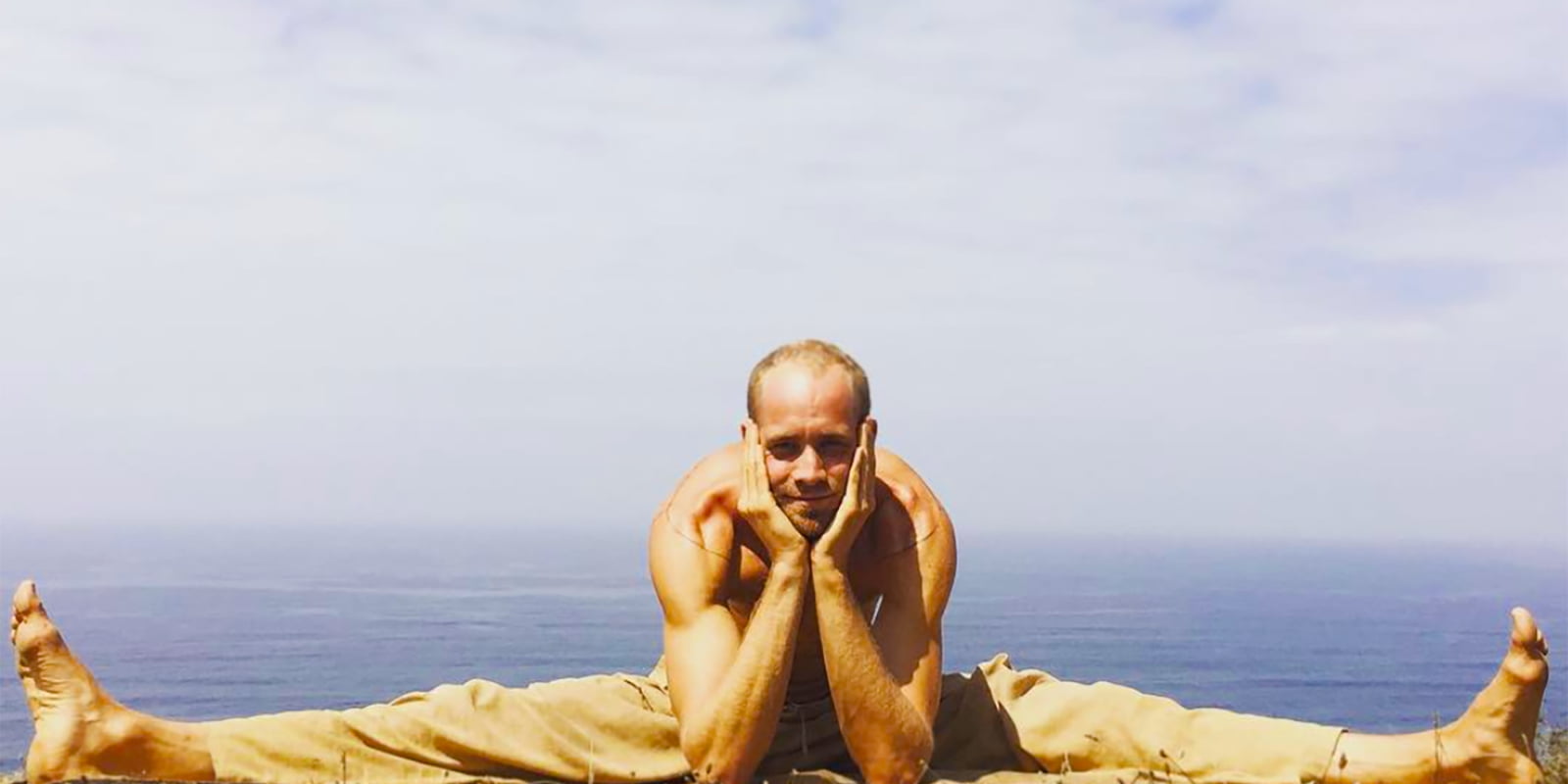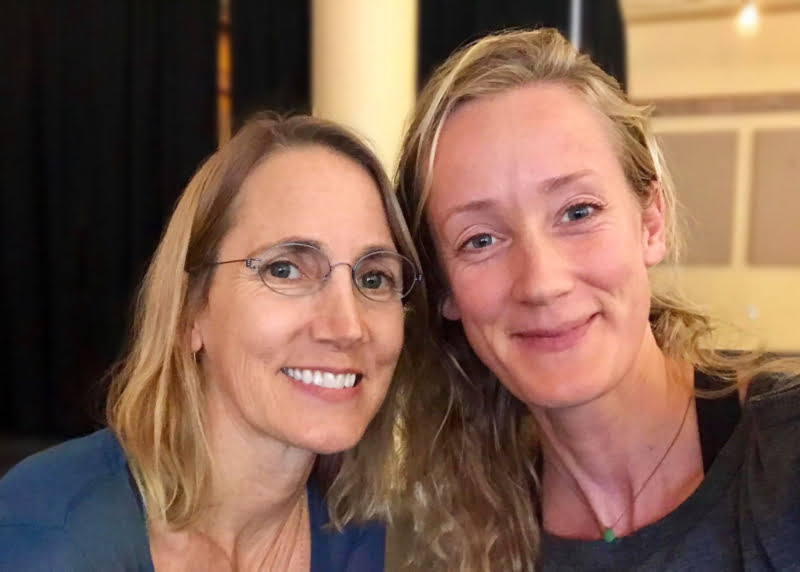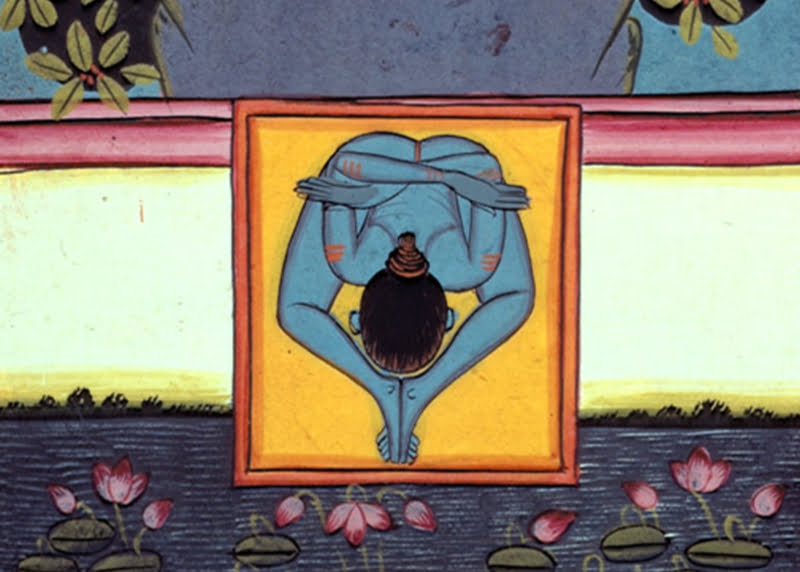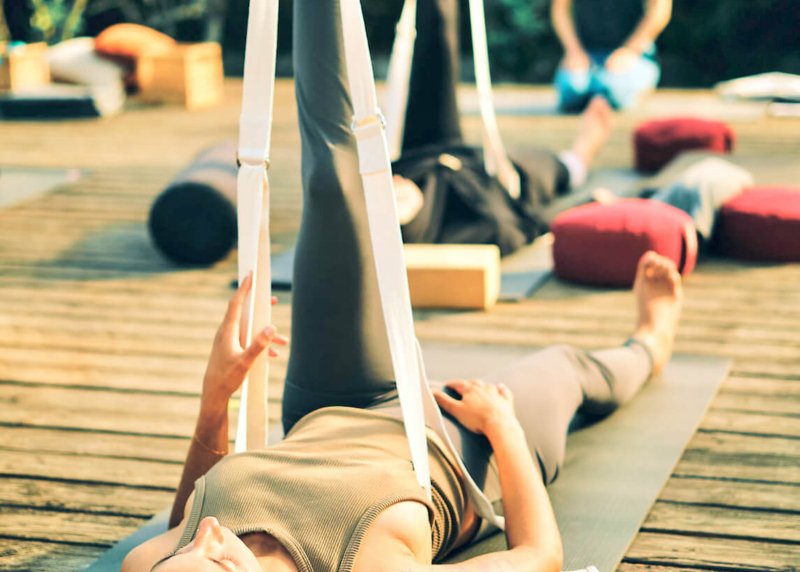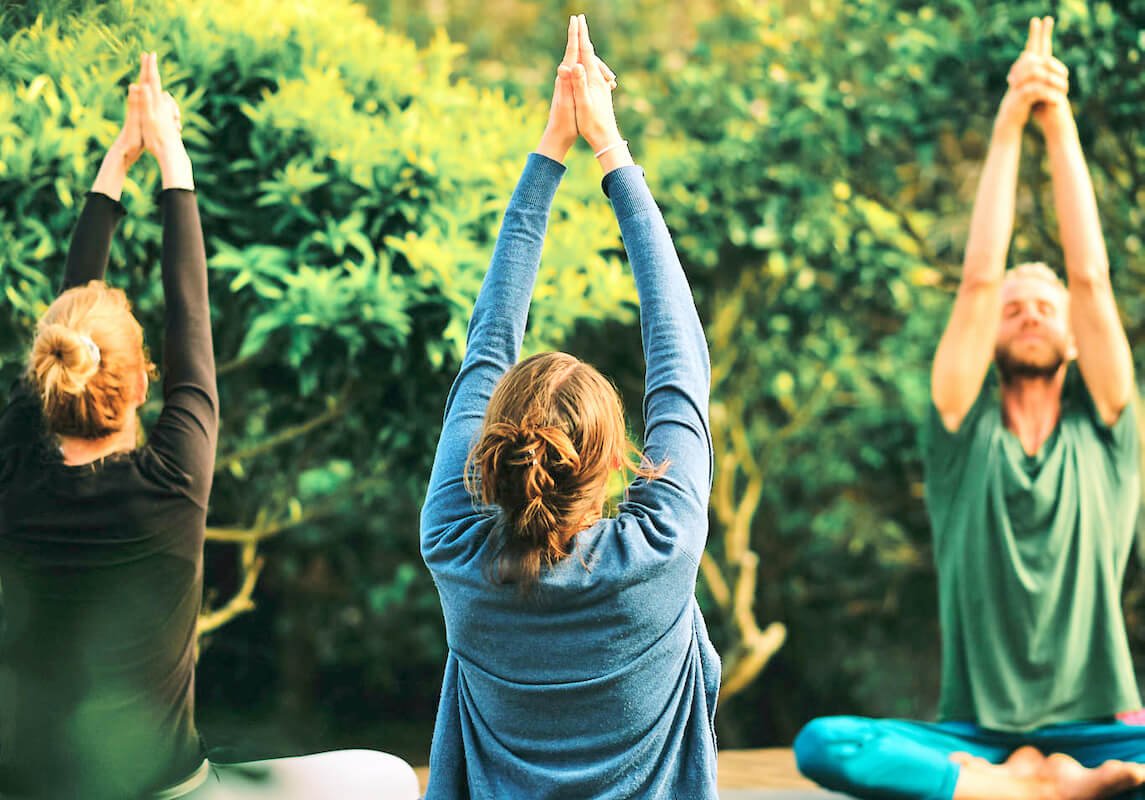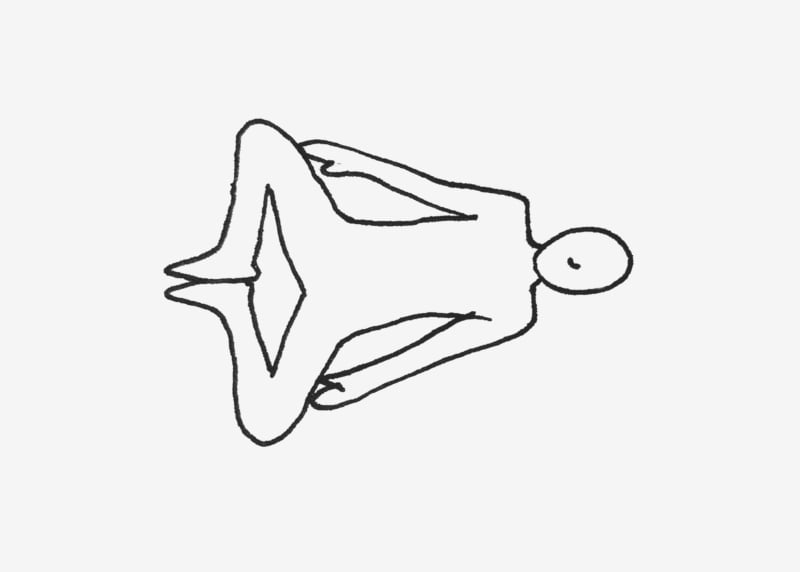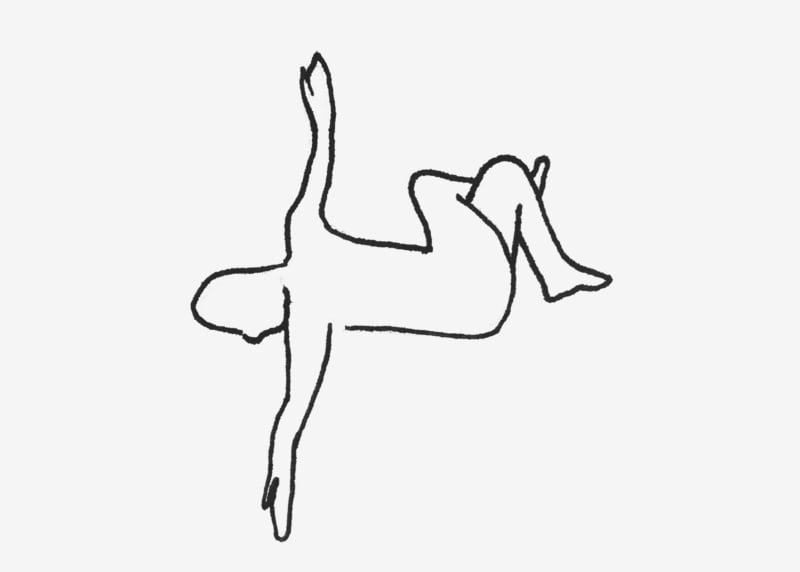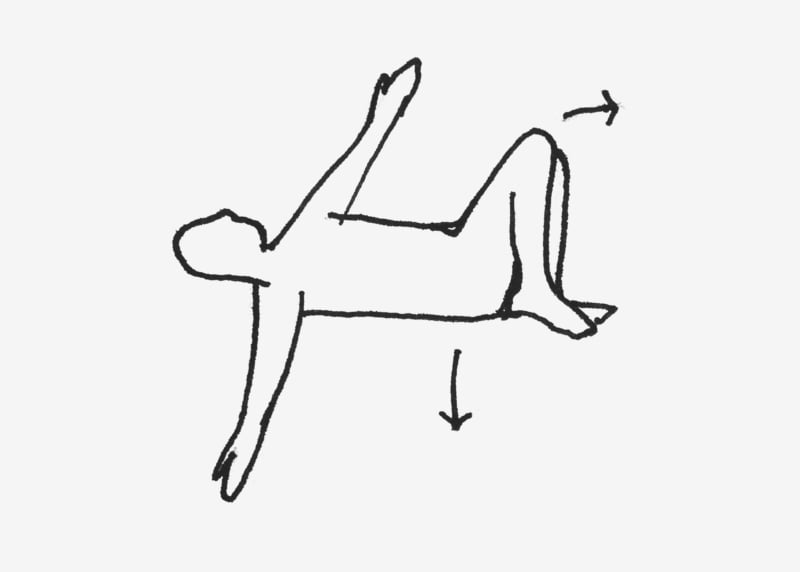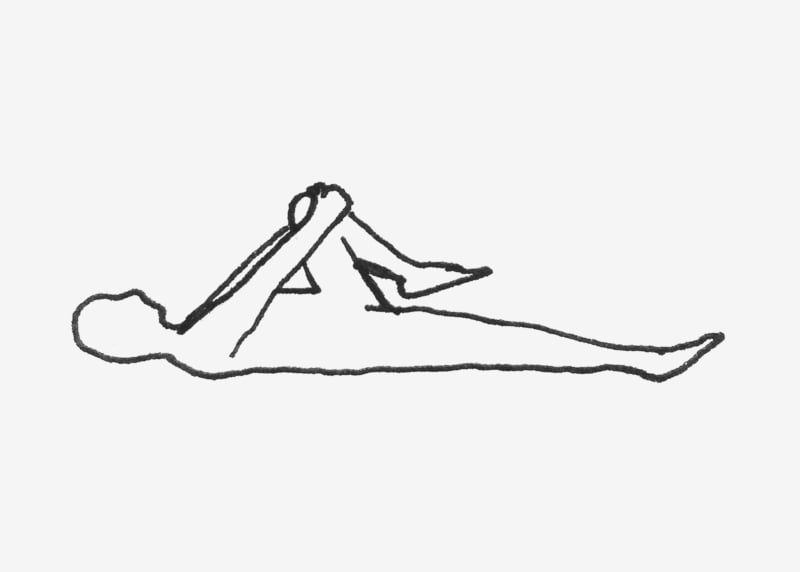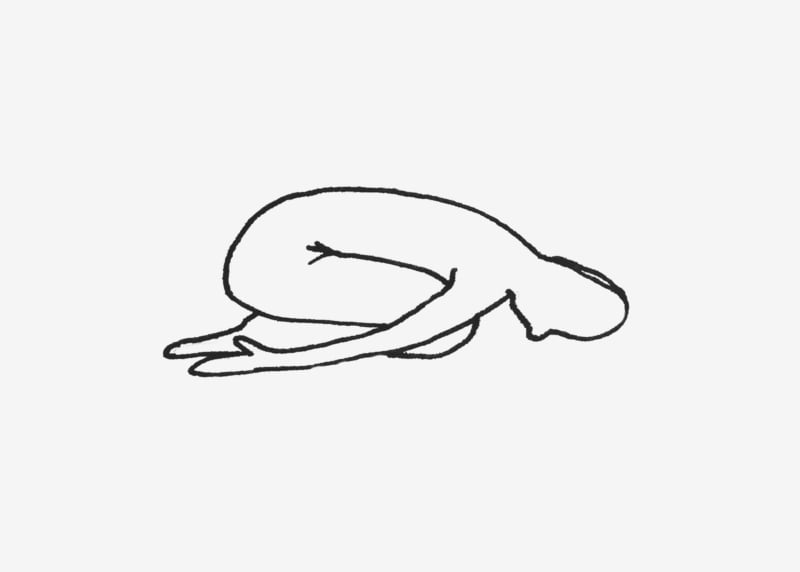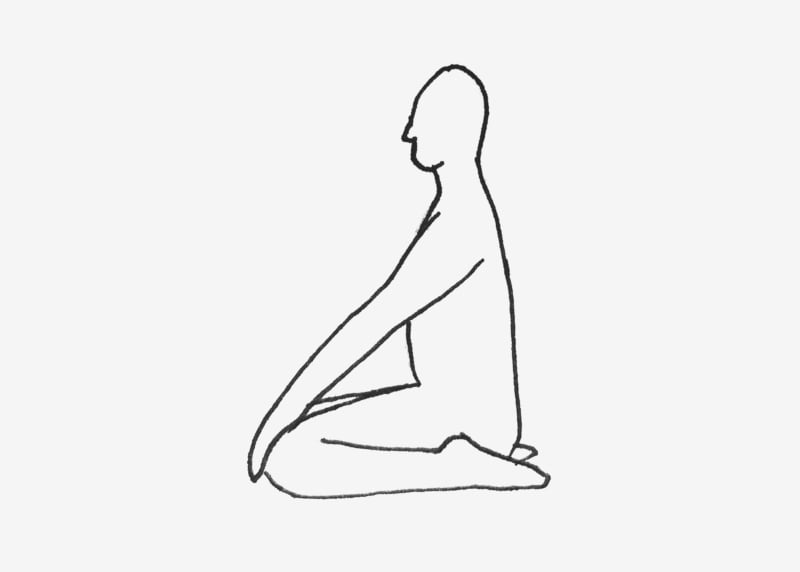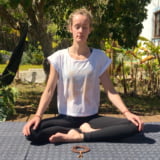What is Yin Yoga
Yin Yoga is the yoga of surrender, based on the ancient wisdom traditions of yoga, acupuncture and Taoism. It is a restorative yoga practice that brings you back to yourself. It slows you down and calms the nervous system while it is deeply stimulating for your body and mind.
In Yin Yoga we are there to be with what is. It is ‘not to go anywhere’. We address the deeper spiritual dimensions of yoga, with time and space for breathing exercises, mindfulness and meditation, supporting a balanced approach to physical and mental health.
The practice consists of relaxing long held ground postures (usually 3-5 minutes), to stimulate and balance the flow of chi (energy) in the connective tissues of the body. We come into a posture slowly and put the body under temporary distress. We find an appropriate edge, where the body can be for a while. We do less physically and stay longer.
In China, the Taoists called energy ‘qi’ or ‘chi’ and founded the science of acupuncture, which describes the flow of qi through pathways called ‘meridians’. Meridians flow through the connective tissues of the body. The practices of tai chi and qi gong were developed to harmonize this chi flow, while Indian yogis developed their system of bodily postures to do the same, Yoga. In India, yogis call chi ‘prana’ and its pathways of energy ‘nadis’. Yin Yoga is specifically designed to address the connective tissues, to balance the meridians, chakra system and chi flow.
How Yin Yoga came into being | Paul Grilley & Sarah Powers
Paul Grilley, founder of Yin Yoga, was highly interested in human anatomy. He practiced with Paulie Zink, an expert Taoist Yoga teacher, to study the long-held ground postures of his teachings. He came to understand the basic principles of what we now know as Yin Yoga. Paul Grilley and his wife Suzie went on to study with Dr. Hiroshi Motoyama, where they studied acupuncture, the meridian system, and chakras comprehensively.
Anatomy, the ground postures of Taoist Yoga, the principles of acupuncture, the chakra and the meridian system, were all interwoven into one, resulting in the practice of Yin Yoga. For a while the practice was taught under the name of Taoist Yoga till Sarah Powers came into play. Being a yoga teacher and a dedicated student of Paul Grilley, Sarah implemented the slow, long held ground postures into her classes. Sarah referred to it as ‘Yin Yoga’.
When the time came and Paul’s first book was published, the yoga style officially got its name through the book “Yin Yoga: Outline of a quiet practice”. This does not mean that it only came into being recently, but rather has been an integrated part of yoga without a specific name. When the focus in the West shifted from Yang Yoga to also include Yin postures, Yin Yoga came into being as a practice on its own or combined with Yang.
Wolfs Yoga’s Lot has studied under Sarah Powers. In 2018, she joined a teacher training intensive in Seattle, USA, to deepen her practice in Yin Yang and Mindfulness. She integrates Sarah’s philosophy on yoga and mindfulness into the classes she teaches during the Wolfs Yoga Retreats.
How can Yin Yoga benefit you?
The practice stimulates overall health and balances the energy system. By creating a static stretch, through applying gentle pressure or a gentle pull on the tissues, we stimulate the circulation in the connective tissues. Yin yoga redistributes chi through the meridians and uplifts chi blockages. The long-held poses stimulate blood flow through normally less reached areas. We are stimulating the joints by going beyond normal range of motion, by using the natural range of motion.
Yin helps and trains a person to be at ease in difficult situations through staying with what is. We learn not to change or to run away from a situation, but to change our attention, breath and attitude. We are present with what is happening. We learn to be with it, instead of going against it. We learn to embrace the present moment as it is and to be at peace with ourselves, and whatever arises.
Yin Yoga Benefits
- Stimulates overall health
- Calms the nervous system
- Reduces stress and anxiety
- Balances the meridian and chakra system
- Improves flexibility
- Releases fascia
- Improves joint mobility
- Balances the internal organs
- Improves and balances the flow of chi (or prana or energy)
- Stimulates blood flow through normally less reached areas
- Stimulates the joints and supports bone health
- Teaches equanimity
- Helps to maintain a yang flow in the yin tissues
- Prepares the body for meditation
Can I practice Yin Yoga?
Anyone can practice. There is no limitation regarding age, fitness or flexibility. Of course, these factors create a different experience and a different approach. If someone is extremely flexible, they might have different benefits than someone who is very stiff. Both will enjoy the benefits of the practice in their own way. E.g., the stiff person will gain flexibility, while the very flexible person will focus more on breath practice and mindfulness meditation. The connective tissues will be stimulated in both students, balancing the meridians, chakras and chi flow.
Yin Yoga balances the Yin and Yang in our lives. The older (and more Yin) we get, the more it should become an essential part of our yoga practice. When we practice Yin, we maintain a Yang flow in the Yin tissues, keeping us young. Young practitioners can also highly benefit from Yin Yoga. After an active day chasing deadlines and rushing to appointments, practicing Yin Yoga can help rebalance and support us living our hectic daily lives.
Yin Yang Yoga | Combining the best of both worlds
In Taoism, Yin and Yang are the opposing forces that are together whole. Yin and Yang have their own properties and are always relative. Yin is stable, cold, unmoving and hidden, while Yang is changing, hot, moving and revealing. Yin is passive, Yang is active. Yin and Yang must balance each other in every aspect of our lives, also in yoga.
Yang Yoga is the dynamic yoga practice in which we use posture, breath, rhythm and repetition. Most styles of yoga we practice in the West are Yang. The practice stimulates overall health, strengthens the body and calms the nervous system. It is a method for spiritual practice through the physical body, breath and concentration. Yang Yoga can be gentle, very intense or anywhere in between. Any physical activity is considered Yang. Meaning that running, swimming and dancing are Yang activities and balance Yin practices like Yin Yoga and meditation. Most yogi’s, also the most dedicated Yang practitioners, eventually develop a Yin practice as part of their repertoire. It is a natural healing practice that beautifully integrates into any other practice.
Yin Yang Yoga combines the best of both worlds. By using rhythm and repetition in part of the practice and relaxing long held ground postures in the other part, we create a perfect balance. Yin Yang Yoga is deeply stimulating, energizing and very relaxing for body and mind. We can also practice them separately, a Yang practice in the morning and a Yin practice later in the day, or the opposite. Either way it is a powerful combination that can benefit us all.
Where can I practice?
Yin, Yang & Mindfulness Yoga in Portugal
Wolfs Yoga Retreats in Portugal offers high-quality, small-scale Yin Yang and Mindfulness Retreats. You will build a strong foundation and understanding of the three practices. All levels are welcome. Everyone has their own journey and we are here to guide you and to share tools and practices that support transformation in your life. Imagine a place where you can slow down, restore and release stress through Yin Yoga. A place where you can get more fit, strong and flexible, through dynamic Yang Yoga. A place where you will get spoiled with delicious healthy organic food. All at our retreat, where you can just be you.
After a transformational week at our retreat you will feel more confident, relaxed and mindful. You will feel confident to start practicing on your own or to walk into that yoga studio and join a class, without feeling lost. We welcome you to join us.
Yin Yoga for “snoozy people”
Bed Yoga is a Yin based early morning practice for night owls :). It has the power to change your entire day! We created some sequences, as Amwo and I are both slow risers and have trouble waking up at 6am every day. Many of you know that feeling of the alarm buzzing to get you up, when the only thing you really want to do is to roll over and sleep just a little bit longer.
So, I often set the alarm a little earlier, and when it goes off, I press the snooze button and take the first posture IN bed. After four or five minutes, the alarm will go off again. Press the snooze button and take another posture. This way you can stay in bed a little longer plus it makes you start your day with Yin Yoga, giving you a positive and relaxed start of the day.
Bed Yin Sequence
- Butterfly pose + think deeply of 3 things you’re grateful for.
- Spinal twist both sides
- Rocking to the sides + observe your breath
- Folded pose | lay on your back, pull your right knee in and hold for a few breaths, release and change sides, release and gently hug both knees into chest, hold for ten deep slow breaths.
- Child pose (wide legged with a pillow under your belly if you like)
- Japanese pose + one-minute meditation + intention for the day
© February 2020
Sources
- Powers, S. 2008. Insight yoga: An innovative synthesis of traditional yoga, meditation, and Eastern approaches to healing and well-being’. Shambala. Boulder. 189 pp.
- Notes TT Insight Yoga Institute 2018 Seattle, Sarah Powers
- Grilley, P. 2016. Yin Yoga: Principles & Practice. White Cloud Press. Ashland, USA. 128 pp.
- Clark, B. 2018. The complete guide to yin yoga: The Philosophy & Practice of Yin Yoga. White Cloud Press. USA. 295 pp.

